Manon Grandjean: "I love being an engineer, but I didn’t really want to be a producer. I'm an introvert - I like to be in my little corner doing things in Pro Tools"
The MPG Award-winning mix engineer talks plugins, studio techniques and working with Stormzy
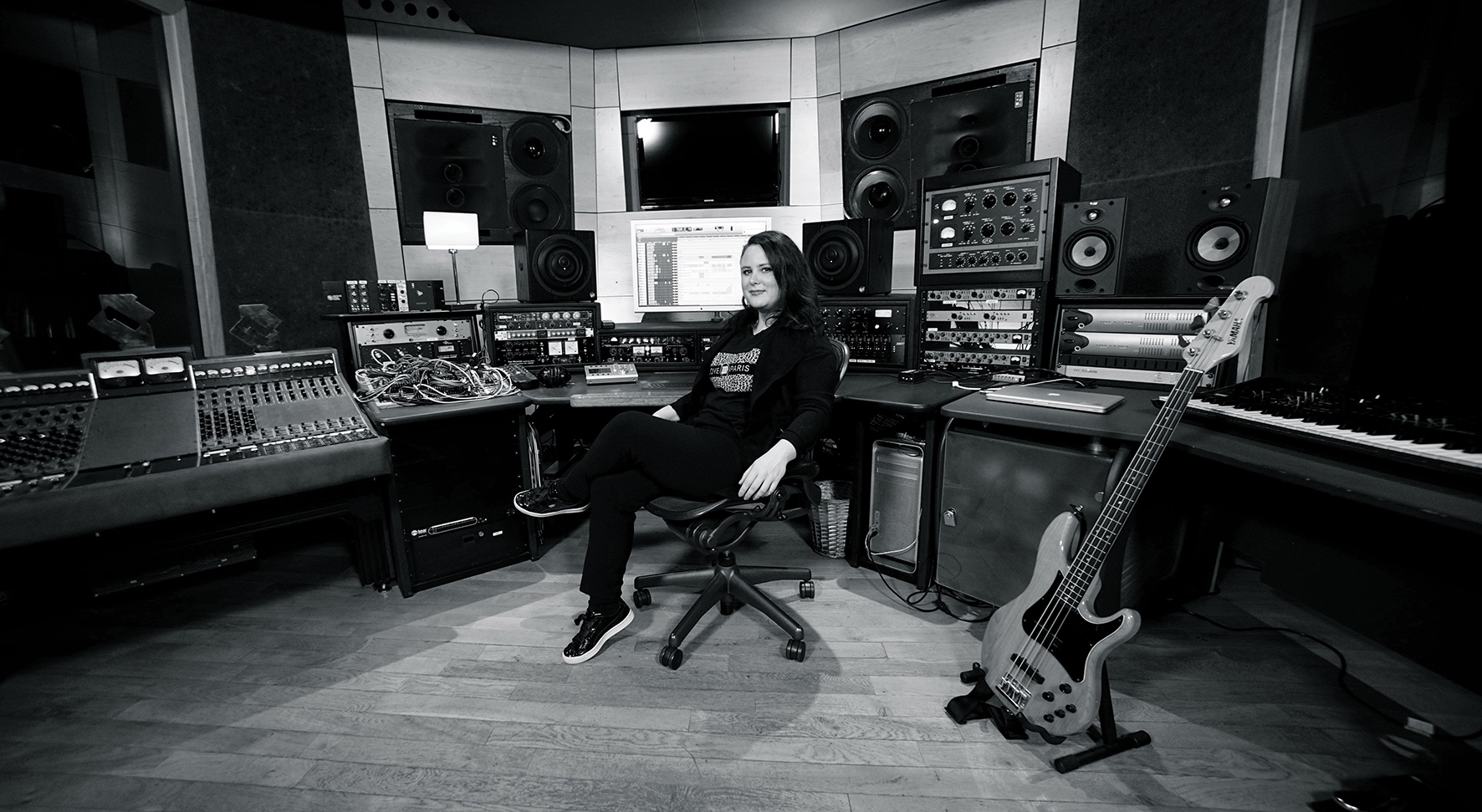
“I never expected this. I still feel that I have so much to learn and to prove,” Manon Grandjean tells us, when asked how it feels to be on the receiving end of her fourth MPG Award nomination.
Scooping the Breakthrough Engineer of the Year win in 2017, Manon picked up a further plaudit in 2018, adding the Engineer of the Year award to her trophy cabinet. Last year, Grandjean clocked her third win, taking home the coveted Mix Engineer of the Year prize.
Grandjean, though, remains humble about this level of recognition: “Every year the other two nominees are people that I look up to and aspire to be as good as. Sometimes it’s really hard for me to think of myself as being in the same category.”
Stormzy would come up to the studio and usually it’d be only us three. That synergy between us was quite special
Eyes and ears first fell upon Manon Grandjean’s engineering flair with the release of Stormzy’s Gang Signs & Prayer, made in tandem with illustrious producer Fraser T Smith. It was a process that Manon still reflects upon as being instrumental in shaping how she views her role in the studio: “At the time I was in-house engineer for Fraser T Smith, in his studio in Parsons Green. Stormzy would come up to the studio and usually it’d be only us three – Fraser, me and Stormzy.”
“Fraser would put some ideas down on piano, guitar or create a beat on Ableton Live,” Manon adds. “Stormzy would put a rough guide vocal down with just a handheld mic in the control room. Then they’d switch it up and start something else. Because I was in the room engineering for the writing, I’d see the process from the beginning of the idea until the song was fully finished and mixed. That was a great process to see.
“That synergy between us three was quite special. We all look back on those sessions with good memories. I think Stormzy felt comfortable with us to be open. That’s, I think, why it was so successful; there were no limitations and he felt able to express himself fully.”
Sound learning
Manon’s discovery of production came by way of a childhood immersed in musical education. “I was classically trained when I was a teenager and could play guitar, piano and had quite a musical background. I didn’t really know what a sound engineer was, but I did an internship in a studio down in the south of France where I’m from when I was about 18. I did a couple of months there and that’s where I learned all of the technical aspects of the job – microphones, signal paths etc. After that, it was really what I wanted to do.”
Want all the hottest music and gear news, reviews, deals, features and more, direct to your inbox? Sign up here.
As a producer you have to be quite emotionally open and put yourself out there creatively
After three years studying engineering at university in France, Manon sought a foothold in the studio world. She headed over to London for an internship at Livingston Studios in North London. “At the end of the internship they offered me a job, which was a freelance assisting position. I came here for that internship in 2009 and stayed here ever since, so quite a long time ago!”
With a position in a studio now established, Manon devoted all of her time to learning as much as she could from the other engineers. But, the hot-seat of the producer’s chair held little appeal. “I didn’t really want to be a producer. I loved being a recording engineer and a mixer. I am a bit of an introvert. I think as a producer you have to be quite emotionally open and put yourself out there creatively. I like to be just in my little corner doing things within Pro Tools. I knew I wanted to be a bit more in the background. I didn’t want to be in the forefront.”
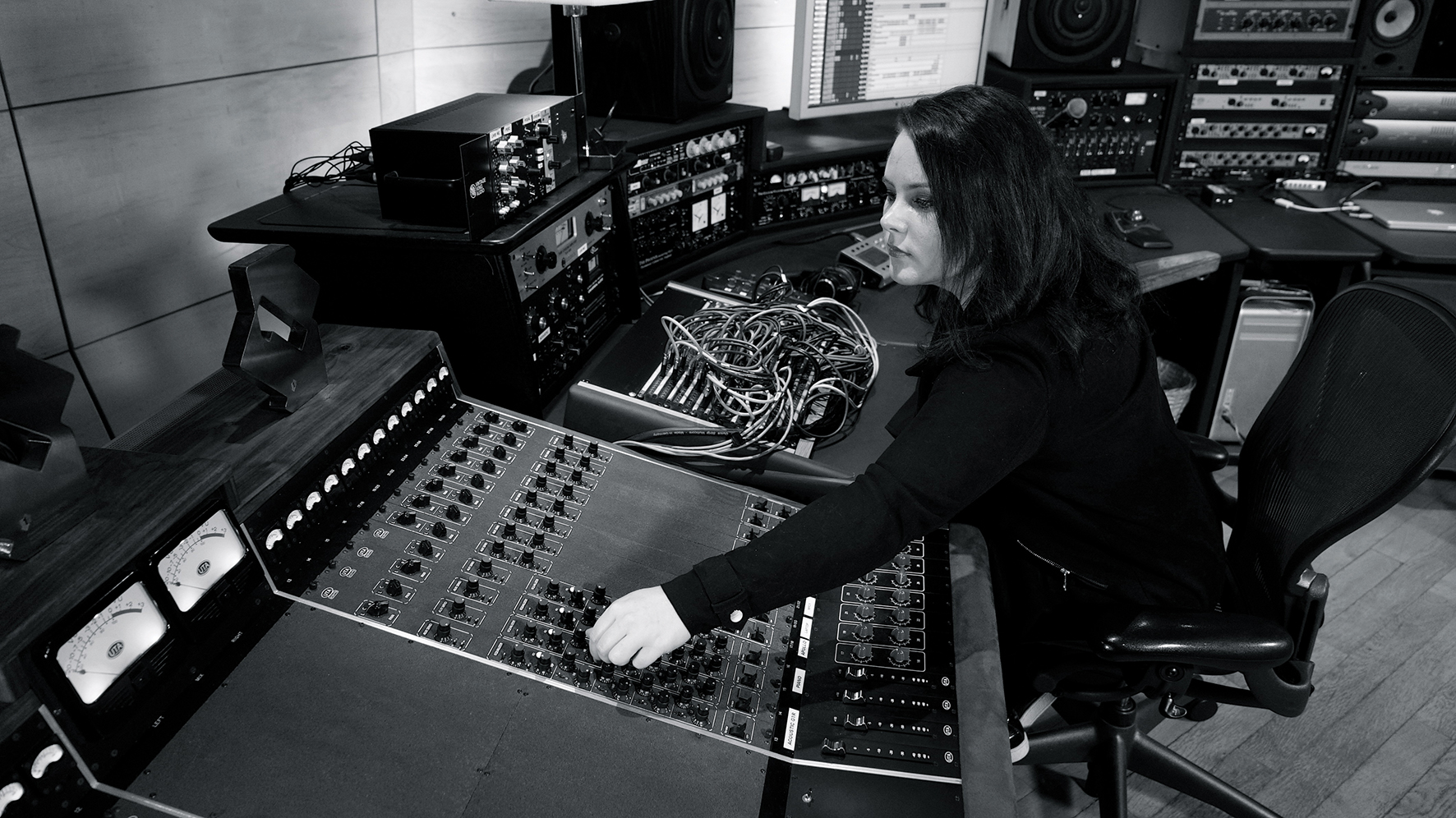
Back in the box
The rest, as they say, is history. Meeting acclaimed songwriter and production guru Fraser T Smith, Manon signed up to be his full-time engineer at The Matrix Studio in Parsons Green. Developing projects from the initial stages into titanic, award-winning records.
“I’d be there engineering for all the writing not just with Stormzy but with Dave and the other artists that were coming in to work with Fraser. I’d never done writing sessions before that in the studio.” Manon remembers, “He’s very skilled at engineering as well so when we had time we’d talk about what recording chains we wanted to use and experiment with equipment. It was quite creative in that way.
“When artists would come in, everything would be plugged in, tested and ready to go. I tried to capture everything in the studio; ideas, conversations. Everything. Fraser likes to work that way as well. That allowed Fraser and the artists to be really free [whilst] creating.”
The success of Stormzy’s musically expansive 2017 debut Gang Signs & Prayer was followed-up by 2019’s colossal Heavy Is The Head, which also involved Smith and Grandjean, while the aforementioned Dave’s number one smash Psychodrama continued to mark out Manon as an engineer of extreme note.
I’m mainly in-the-box these days. I used to have a couple of outboard bits, but I found that it didn’t really suit the way I was working anymore
Despite her love of the recording studio, Manon opted to switch her focus to mixing in recent years. “I’m mainly in-the-box these days. I used to have a couple of outboard bits, but I found that it didn’t really suit the way I was working anymore. I still have the McDSP APB. It’s analogue but hybrid so you can control it within your DAW. It’s a bit like UAD yet it’s real analogue. It’s all in real-time and really seamless. So that really integrated well into my workflow. That allowed me to keep a little bit of analogue in my mixes.”
We ask Manon to give us the rundown of those plugins that she favours most for mixing duties. She happily obliges: “The typical plugins you’ll be familiar with. FabFilter Pro-Q 3 is my go-to for EQ. I think it’s what they call a workhorse. It works, you can do a lot of things with it. But that’s to address issues if there are any.

“On the colouration side I use Spectre which has nice EQ with saturation. I use a lot of Soundtoys plugins. I use Radiator a great deal. EchoBoy, too. I know the Waves CLA plugins have mixed reviews within the engineering community, but I personally love the CLA plugins, I use them on vocals all the time. CLA Effects is good as well. For vocals I also regularly use Waves’ R-Vox quite a bit.”
Manon sticks with the industry standard Pro Tools as her main DAW, and its Lo Fi plugin is one which frequently finds a place on Manon’s chains: “To bring things forward it’s absolutely great. Universal Audio UAD plugins also are used a fair bit, I use the Tube-Tech CL 1B, the LA-2A, the Culture Vulture.
“A standard one that I always use is the Black Box Analog Design HG-2 – I use that a lot to get really great punchy, beefy drums. I try to not get too absorbed by new plugins. I do have days where I try out a load of new different plugins and some stay, some don’t. It’s a nice way to refresh your way of working. When it works though, why change it?”
Ark vs RAK
Though Manon is comfortable with her new computer-oriented setup, she still reflects fondly on the recording studio environment. “I worked in a place that used to be a commercial studio called State of the Ark studios in Richmond. When I started at Livingston I had a few freelance sessions over there. Then I got an in-house position at State of the Ark, so I was there for five years doing pretty much all the sessions. It was a boutique studio, full of vintage gear. I loved working there.”
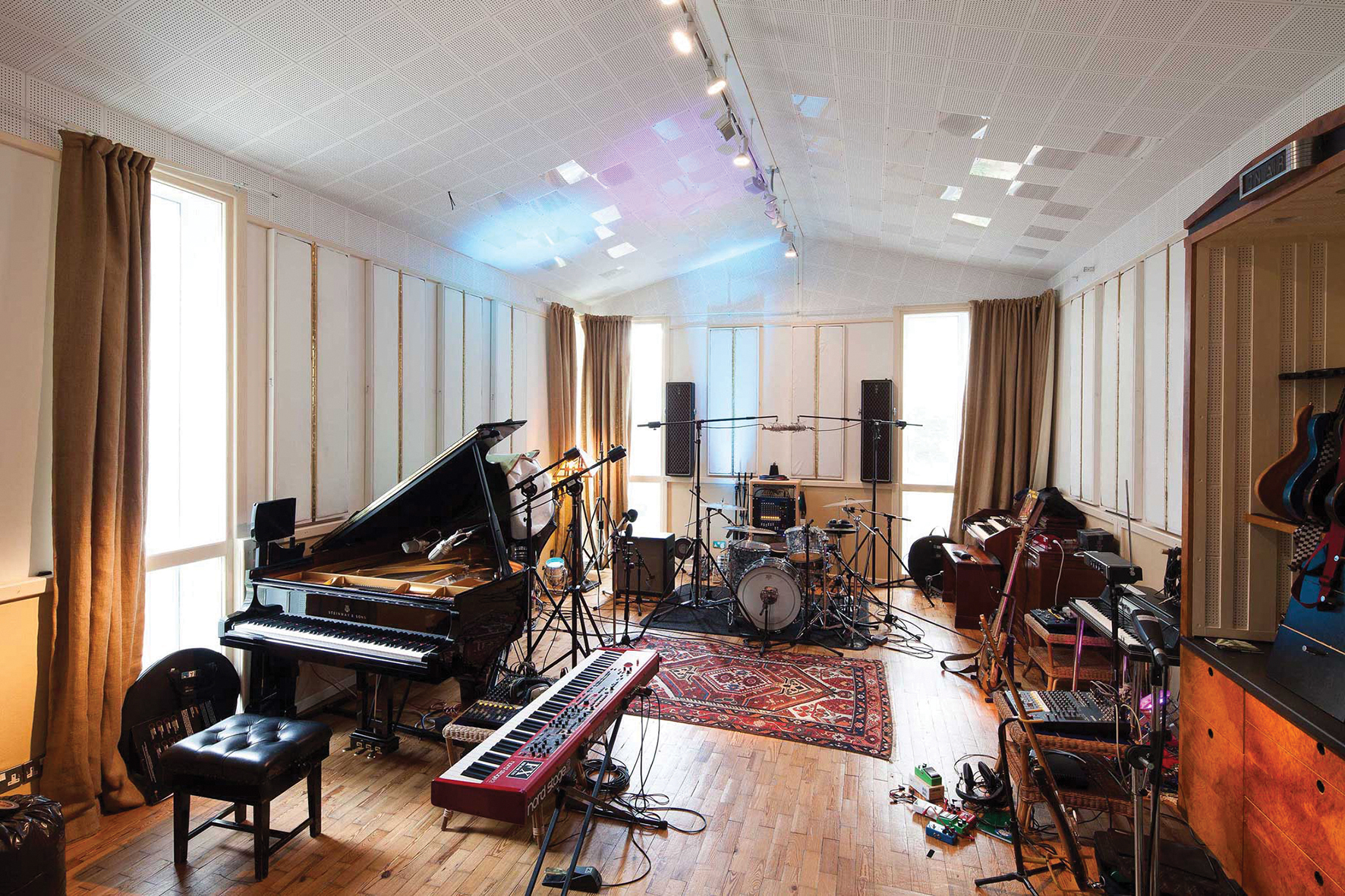
The famed RAK Studios is somewhere that Manon also spent a great deal of time, and she fondly regards it as a favourite. “I learned a lot there. There were four different studios with a lot of great outboard gear and consoles. The people were great. A studio is a lot more than just the equipment. It’s the vibe of the staff who work there. That really reflects when clients are coming in and things are running smoothly. Our job is to be human as well, beyond the technical side. How you are in the room and how you interact with people is just as important as your technical skills.”
Mix it all along
In the 14 years that Manon has been working in the professional sphere, she’s witnessed a blurring of the lines between some of those essential studio roles.
“Production, engineering and mixing are quite blurred. When I was a recording engineer, what we’d send as a production mix was actually a fully mixed track. We’d never send something that was a bit all over the place in terms of levels. I would spend a lot of time getting the mix right, even if the song wasn’t completely finished or chosen by the artist to work on. We’d still spend time on the mix to make it sound as good as possible. We kind of mix it all along really.”
“Now I’m an external mixer, what’s being sent to me is already at an advanced mix stage. I can’t stray that much from the production mix, it just has to be a more enhanced version of it. Most of the time the effects are printed in the stems, so the changes that I am making on stems are not as drastic as they used to be in the mixing process. It’s just sonically enhancing it and making sure you’ve got the clarity and the punch. Producers do so much to get it to that final level.”
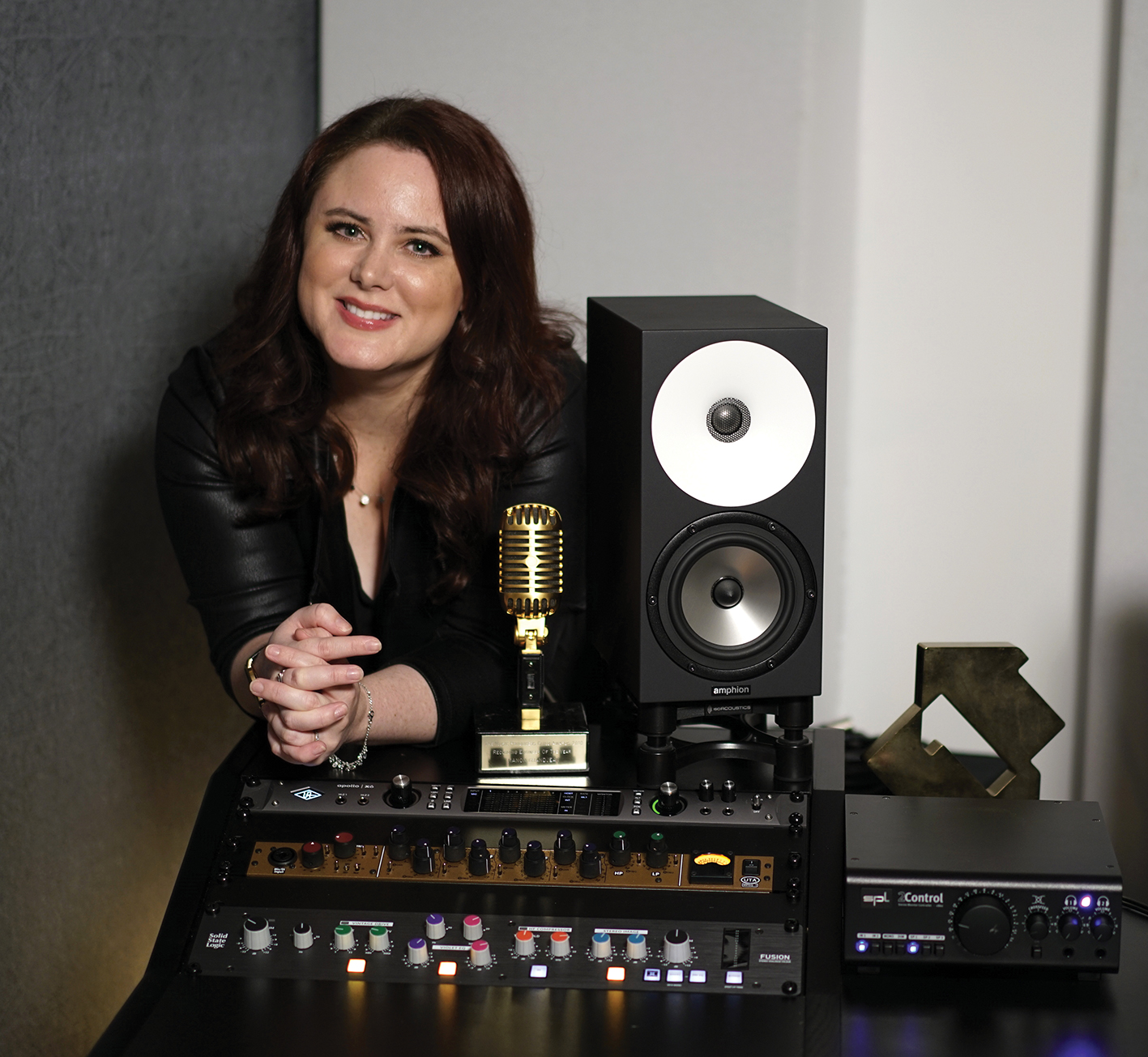
We ask Manon what it was that prompted her recent mixing focus, and what she’s learned from this new vantage point? “At the beginning of lockdown I switched to mixing. It was a conscious choice but also a lot of studios were closing because of lockdown.
”Because I couldn’t do any recording I decided that I might as well fully focus on mixing. At the beginning I didn’t have a studio outside of my house. I had a home setup that was quite basic. I was all in the box. After the first lockdown ended I was able to get out and find a space and set up a studio properly. I got my speakers and equipment in place.”
Though she’s now got an external studio, Manon still enjoys the option of working from home: “I feel like I worked in the house so intensely during lockdown that I’m really comfortable there. I never really used to work that much on headphones before but using them during that time allowed me to zoom in on details a lot more.
”Now I mix 50/50 on speakers/headphones. Headphones are my comfort zone. I would typically start a mix on speakers with broad balance, panning and levels in place, then I would switch to headphones to do my automations and really zoom in on clicks and those kinds of things. Then I’d go back to the speakers to hear the full picture.”
But, Manon stresses, it’s vital that you know your headphones and speakers’ distinct qualities before relying on them completely. “The consumer will listen to your track on headphones every bit as they will listen on speakers so it’s important you work with both listening experiences in mind.”
Future-proof
As for the future, Manon is quite content developing her skills as a mixer: “I’m really happy mixing and mastering and being in my own little bubble in some ways. The future is unknown but I love mixing and want to carry on doing that. I want to be a trusted figure that people respect to tackle their mixes.
“I do want to do a lot more albums. I really love doing a body of work. When you do an album you develop a little bit more of a relationship with the artist. As a mixer now, it’s difficult to create that link because I’m not seeing the artist that much anymore. Sometimes we’re communicating on email, so it’s a bit more impersonal. When I was engineering I was in the room with the artist. So that’s been a change. I do miss building that connection sometimes. It’s just a different mindset I guess.”
I really love doing a body of work. When you do an album you develop a little bit more of a relationship with the artist
Grandjean is potentially up for taking a step into the spatial audio world, however. “I want to maybe expand out into spatial audio mixing in Atmos,” Manon says. “I’ve been thinking of ways to switch it up a little bit. I’ve been using the same setup for the last three years or so. I feel like I need to do something different. I’ve recently worked with FLO – the winners of the Brit Award for Rising Star. I really love them, they’re great. I do a lot of work with Island Records so I also worked with Miraa May, Arrdee. I try to keep projects varied as well, to keep things fresh and exciting.”
In terms of recent work, Manon points to the two records she submitted to the MPGs this year as particular high watermarks. “The first album is from a Canadian duo called Milk & Bone. They are a really great electro pop band. Another album that I’ve mixed is Interiority by Fyfe & Iskra Strings. That’s a bit more experimental, quite orchestral and cinematic. So I would suggest people check those out.”
I’ve been using the same setup for the last three years or so. I feel like I need to do something different
In terms of guidance, Grandjean accepts that over the last decade the routes into the industry have changed somewhat, but she still favours the in-person approach: “Now there’s not that many studios left but also those that are aren’t really offering those [internship] positions. I know RAK still does because that’s a big structure. If you are happy to start at the bottom of the studio ladder, it’s a great way to get into the industry. You learn the technical skills as well as learning about the music business. I also think working with one person exclusively like a producer or songwriter is another potential route.”
Manon’s passion for her chosen field is evident with every answer she gives, yet she remains modest and somewhat in awe of the place she finds herself, standing tall beside her contemporaries. “I’m really honoured that people recognise that what I’m doing is not that bad! Everyone has those feelings of self-doubt. There’s been those occasional thoughts that maybe I should be doing something else. The recognition reassures you a little bit.”


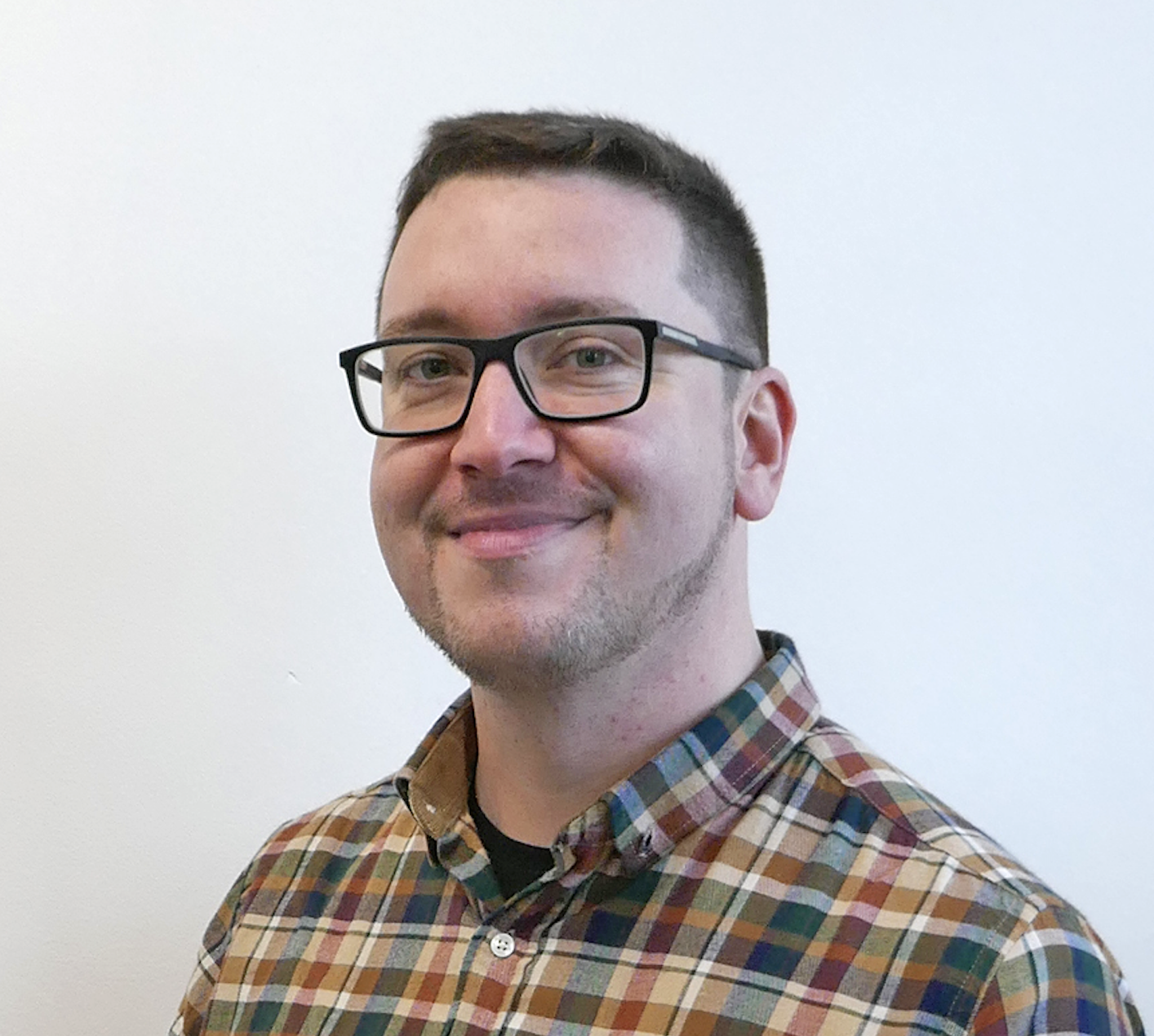
I'm Andy, the Music-Making Ed here at MusicRadar. My work explores both the inner-workings of how music is made, and frequently digs into the history and development of popular music.
Previously the editor of Computer Music, my career has included editing MusicTech magazine and website and writing about music-making and listening for titles such as NME, Classic Pop, Audio Media International, Guitar.com and Uncut.
When I'm not writing about music, I'm making it. I release tracks under the name ALP.